This analysis and discussion activity engages students in understanding how biological communities remain stable and how they change during ecological succession.
Students analyze several types of research evidence, including (1) repeated observations of a biological community to assess stability or change over time, (2) analyses of dated fossils in a peat bog, and (3) analyses of how mutualism, competition and trophic relationships contribute to stability or change in biological communities.
Students use this evidence to understand the causes of stability and succession in a variety of habitats, including a tropical forest, a new volcanic island, abandoned farm fields, and ponds. Students also analyze the effects of climate and non-native invasive plants.
The Student Handout is available in the first two attached files and as a Google doc designed for use in online instruction. The Teacher Notes, available in the third and fourth attached files, provide background information and instructional suggestion and explain how this activity is aligned with the Next Generation Science Standards. A PowerPoint with illustrations of each habitat is available in the last attachment.

 © Serendip® 1994 - All rights reserved. Privacy Policy
© Serendip® 1994 - All rights reserved. Privacy Policy
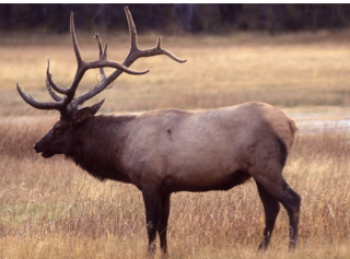 To begin, students view a video about the trophic cascade that resulted when wolves were reintroduced to Yellowstone. Next, students learn about food chains and food webs. They construct and analyze a food web for Yellowstone National Park. Finally, students use what they have learned to better understand the trophic cascade caused by the return of wolves to Yellowstone.
To begin, students view a video about the trophic cascade that resulted when wolves were reintroduced to Yellowstone. Next, students learn about food chains and food webs. They construct and analyze a food web for Yellowstone National Park. Finally, students use what they have learned to better understand the trophic cascade caused by the return of wolves to Yellowstone.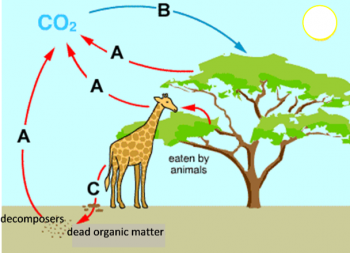 In this analysis and discussion activity, students learn why the biosphere requires a continuous inflow of energy, but does not need an inflow of carbon atoms. Students analyze how the process of photosynthesis illustrates the general principles of conservation of matter and the second Law of Thermodynamics.
In this analysis and discussion activity, students learn why the biosphere requires a continuous inflow of energy, but does not need an inflow of carbon atoms. Students analyze how the process of photosynthesis illustrates the general principles of conservation of matter and the second Law of Thermodynamics.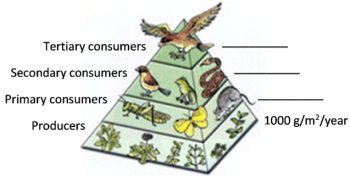
 flow through ecosystems, the carbon cycle, trophic pyramids, exponential and logistic population growth, species interactions in biological communities, succession, and effects of human activities on ecosystems. This overview also recommends introductory ecology readings.
flow through ecosystems, the carbon cycle, trophic pyramids, exponential and logistic population growth, species interactions in biological communities, succession, and effects of human activities on ecosystems. This overview also recommends introductory ecology readings. 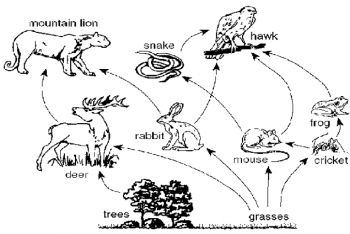
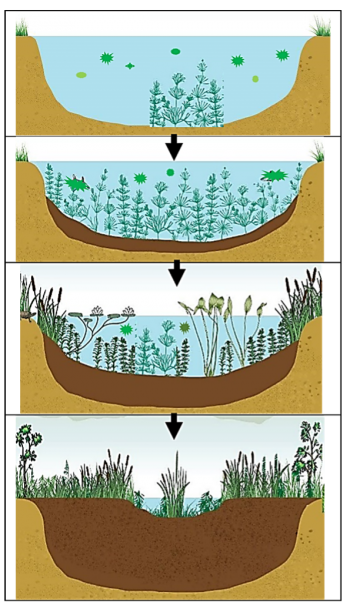
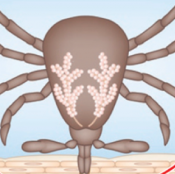 This analysis and discussion activity engages students in understanding the lifecycle and adaptations of black-legged ticks and the relationships between these ticks, their vertebrate hosts, and the bacteria that cause Lyme disease.
This analysis and discussion activity engages students in understanding the lifecycle and adaptations of black-legged ticks and the relationships between these ticks, their vertebrate hosts, and the bacteria that cause Lyme disease.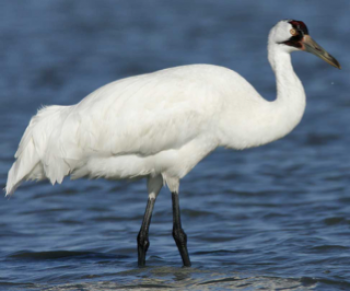
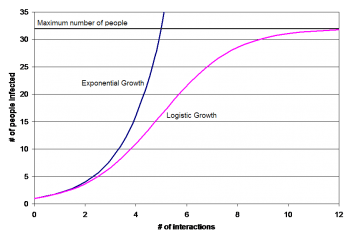 First, students analyze a hypothetical example of exponential growth in the number of infected individuals.
First, students analyze a hypothetical example of exponential growth in the number of infected individuals.